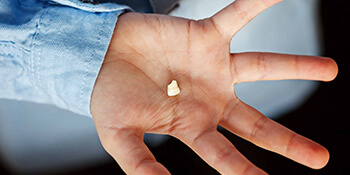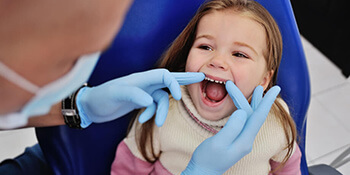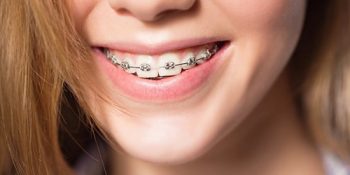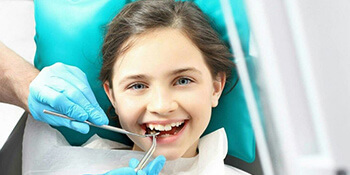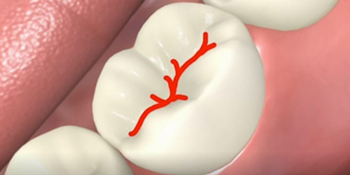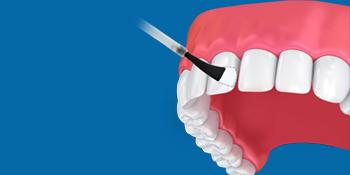Placeholders
Irreversible cavities in primary teeth or common infections caused by caries may require extraction of primary teeth. In cases of early tooth loss, they are the appliances used to protect the existing places and ensure that the permanent teeth can be properly placed in the Child Dental Cavity. With the early loss of milk teeth, the teeth will move towards the cavity. Thus, confusion occurs and chewing and speech disorders occur. If your child’s primary tooth was lost early due to caries or trauma; Protecting the primary tooth extraction space with placeholders is very important for your child to have an ideal tooth sequence in the future.
In the early loss of primary teeth in the posterior teeth, the lost tooth causes the adjacent teeth to slip or tip over. As a result, the arch length required for permanent teeth is shortened, and the area where the premolars and canines should come narrows. Depending on the narrowing that has arisen, there may be impacted or crooked teeth in the premolars and canines. In such a case, the need for orthodontic correction arises in a child who would not normally need orthodontic treatment. As the Istanbul Smile Center team, we make the necessary interventions for your children, making them both satisfied and at peace with life. We are trying to turn the transactions made with our very entertaining investigations and interventions into a game from the eyes of the children.
Interventions After Early Milk Tooth Loss
After deciduous tooth loss, the most slippage occurs between the first 2 weeks and 6 months. When the wound healing is completed within 1 week-10 days after tooth extraction, a placeholder should be prepared by taking measurements. On the other hand, it should be kept in mind that after the loss of the early milk front teeth between the canine teeth in children before the age of 3-4 years, space loss does not occur and there is no need to make a placeholder.
In order to decide on the placeholder construction, the amount of bone level above the developing premolars is evaluated in the x-ray. It takes at least 6 months for these teeth to melt 1 mm of bone and move.
What is a Placeholder?
The dental age of the patient is much more important than the chronological age in the evaluation of placeholder need. Tooth age is related to the calcification and eruption time of the crowns and roots of the teeth and their order. Teeth usually erupt when 3/4 of their roots are completed. If there is bone loss before 3/4 of the root is completed, it should not be relied on to accelerate the eruption and a placeholder should be made.
In order to decide on the placeholder, first of all, periapical or wider panoramic films should be taken where both dental arches can be viewed. By examining the root development of the unerupted permanent tooth and the amount of bone on it from the films, it should be decided to make a placeholder by obtaining sufficient information about the dental age of the child.
Topics to be Informed by Parents
Placeholder appliance placement and follow-up process are affected by parent-physician cooperation as well as patient-doctor cooperation. If the current condition is not treated, it should be explained to the parents that it may cause occlusion disorders in the future. It is also very important to keep track of placeholders. It should be checked at intervals of 4-6 months. If there is a loosening in the placeholder, the same placeholder can be glued again when the patient arrives in a short time.
Band-Loop Placeholder:
It can be applied unilaterally or bilaterally in case of a single tooth loss in the upper or lower jaw. It is extremely easy to apply and use by the patient. It can be easily removed when permanent teeth begin to erupt. These placeholders take up less space and do not require adaptation in children.
Lingual Arc:
Lingual arch is applied in case of multiple or bilateral tooth loss in the lower jaw. It is easy to use as it is a fixed placeholder and does not require patient compliance. It is an advantage that more than one tooth retains its place.
Nance Appliance:
It is an appliance used when there is more than one tooth loss in the upper jaw. The Nance appliance is supported by the molars and rests on the palatal dome by means of an acrylic button. Therefore, it takes support from the dome of the palate and prevents the molars from sliding forward. It is easy to use as it is a fixed appliance.
Trans Palatal Arc (TPA):
It is also used in the loss of more than one tooth in the upper jaw. By taking support from the molars, it prevents the molars from slipping into the extraction space. It is a fixed appliance.
